-
 Bitcoin
Bitcoin $115000
0.12% -
 Ethereum
Ethereum $3701
4.50% -
 XRP
XRP $3.081
2.99% -
 Tether USDt
Tether USDt $0.0000
-0.01% -
 BNB
BNB $767.9
1.45% -
 Solana
Solana $169.5
3.13% -
 USDC
USDC $0.9999
0.01% -
 Dogecoin
Dogecoin $0.2106
4.30% -
 TRON
TRON $0.3334
1.62% -
 Cardano
Cardano $0.7564
2.54% -
 Stellar
Stellar $0.4165
0.76% -
 Hyperliquid
Hyperliquid $38.75
0.25% -
 Sui
Sui $3.593
3.00% -
 Chainlink
Chainlink $17.08
3.59% -
 Bitcoin Cash
Bitcoin Cash $573.6
4.35% -
 Hedera
Hedera $0.2508
-0.84% -
 Avalanche
Avalanche $23.07
6.46% -
 Ethena USDe
Ethena USDe $1.001
-0.02% -
 Litecoin
Litecoin $120.8
8.17% -
 UNUS SED LEO
UNUS SED LEO $8.943
-0.32% -
 Toncoin
Toncoin $3.400
-5.60% -
 Shiba Inu
Shiba Inu $0.00001255
1.54% -
 Uniswap
Uniswap $9.908
6.32% -
 Polkadot
Polkadot $3.718
2.10% -
 Monero
Monero $303.0
-0.74% -
 Dai
Dai $0.9999
-0.02% -
 Bitget Token
Bitget Token $4.392
0.91% -
 Cronos
Cronos $0.1403
6.31% -
 Pepe
Pepe $0.00001076
1.13% -
 Aave
Aave $267.2
1.80%
Is there a burning mechanism for Forta (FORT) coins?
Forta's burning mechanism reduces the circulating supply of FORT tokens by purchasing and burning them from the open market, potentially increasing their value over time.
Jan 02, 2025 at 06:28 pm
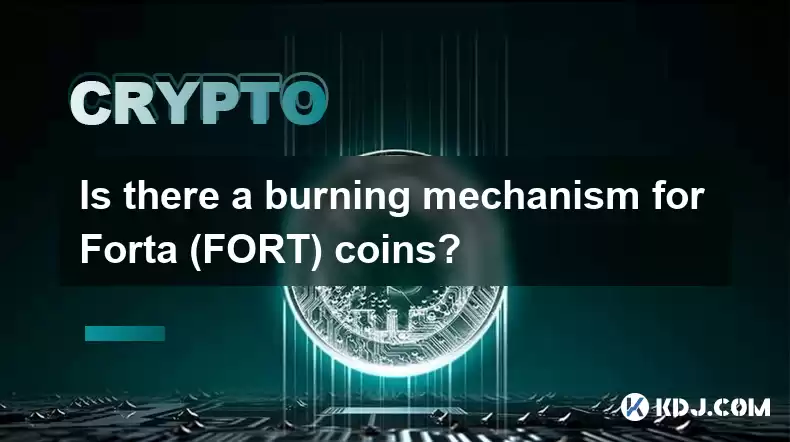
Key Points of the Article
- What is Forta (FORT)?
- How does the burning mechanism for FORT work?
- Current supply and market capitalization of both FORT and burnt FORT
- Potential impacts of burning mechanism on the FORT price
- FAQs related to FORT and its burning mechanism
Article Content
What is Forta (FORT)?
Forta (FORT) is a decentralized security monitoring platform that provides real-time threat detection for protocols and smart contracts. It consists of a network of community-run Forta bots that monitor blockchain for malicious activity such as phishing attempts, flash loan attacks, or governance attacks.
FORT is the native token of the Forta ecosystem and has several functions within the network:
- Governance: FORT holders can participate in the governance of the protocol, including voting on proposals and setting platform parameters.
- Incentivization: FORT is used to reward bot operators for contributing to the network's security. Operators earn FORT in proportion to the value of their bots in detecting and reporting threats.
- Staking: FORT can be staked to earn staking rewards, which helps secure the network and ensure the quality and integrity of the platform.
How does the Burning Mechanism for FORT Work?
The burning mechanism for FORT is an essential aspect of the token's economics and is designed to reduce the circulating supply and potentially increase its value over time. Here's how it works:
- Transaction Fee Burning: A portion of the transaction fees collected from bot operators on the Forta network are used to purchase FORT from the open market and burn them, reducing the total supply of FORT.
- Quarterly Burns: At the end of each quarter, a portion of the FORT held in the protocol's treasury is also burned. The number of FORT to be burned is determined by a formula based on the network's revenue and growth.
Current Supply and Market Capitalization of Both FORT and Burnt FORT
The current circulating supply of FORT is approximately 1.6 billion tokens, while the total supply of FORT burned is approximately 650 million tokens. The current market capitalization of FORT is approximately $150 million.
Potential Impacts of the Burning Mechanism on the FORT Price
The burning mechanism for FORT can have several potential impacts on the price of the token:
- Reduced Token Supply: By burning a portion of the circulating supply, the burning mechanism reduces the total number of FORT tokens available, making the existing tokens more scarce. This can potentially lead to an increase in demand and a rise in token price.
- Increased Value: The burning mechanism can also increase the value of FORT by reducing the number of tokens available for sale. This can make FORT more attractive to investors, leading to a higher price.
- Long-term Growth: The burning机制 is a long-term strategy designed to increase the value and stability of FORT over time. While the price movements in the short term may not always be directly correlated to the token burn, the burning mechanism is expected to contribute to the long-term growth of FORT.
FAQs Related to FORT and its Burning Mechanism
Q: What is the formula used to determine the number of FORT to be burned quarterly?
A: The formula used to calculate the number of FORT to be burned quarterly is:
FORT to Burn = (Network Revenue * 0.5) - (Reserved FORT for Future Development)
Network Revenue is derived from transaction fees collected from the bot operators. Reserved FORT for Future Development is a portion of the quarterly revenue set aside to support future development and growth of the protocol.
Q: Where can I track the progress of the FORT burns?
A: The progress of the FORT burns can be tracked on the Forta website, as well as various block explorers that support the FORT token.
Q: What is the purpose of the transaction fee burning?
A: The transaction fee burning is a way to distribute the value of the network back to FORT holders. By burning a portion of the transaction fees, the protocol can reduce the circulating supply and increase the value of the token for all holders.
Disclaimer:info@kdj.com
The information provided is not trading advice. kdj.com does not assume any responsibility for any investments made based on the information provided in this article. Cryptocurrencies are highly volatile and it is highly recommended that you invest with caution after thorough research!
If you believe that the content used on this website infringes your copyright, please contact us immediately (info@kdj.com) and we will delete it promptly.
- Velo Universe, DEX, and DeFi Security: Navigating the Future of Decentralized Trading
- 2025-08-05 09:25:13
- Bitget Wallet Revolutionizes Solana with Gas-Free Transactions: A New Era for DeFi
- 2025-08-05 09:25:13
- Cryptocurrency, Altcoins, and Profit Potential: Navigating the Wild West
- 2025-08-04 14:50:11
- Blue Gold & Crypto: Investing Disruption in Precious Metals
- 2025-08-04 14:30:11
- Japan, Metaplanet, and Bitcoin Acquisition: A New Era of Corporate Treasury?
- 2025-08-04 14:30:11
- Coinbase's Buy Rating & Bitcoin's Bold Future: A Canaccord Genuity Perspective
- 2025-08-04 14:50:11
Related knowledge
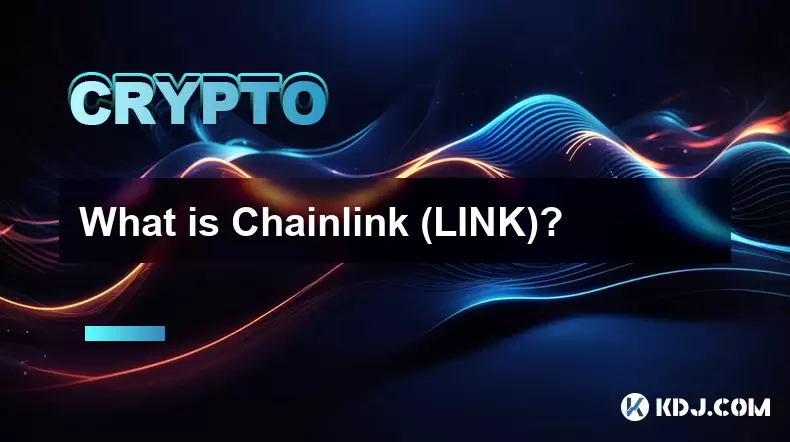
What is Chainlink (LINK)?
Jul 22,2025 at 02:14am
Understanding Chainlink (LINK): The Decentralized Oracle NetworkChainlink is a decentralized oracle network designed to bridge the gap between blockch...
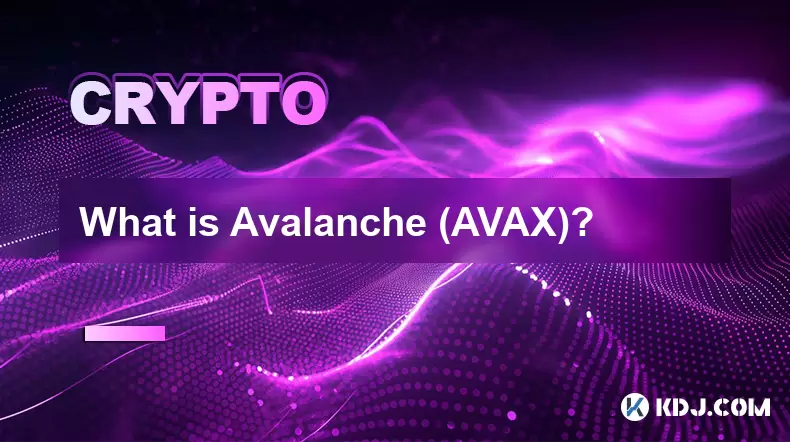
What is Avalanche (AVAX)?
Jul 22,2025 at 08:35am
What is Avalanche (AVAX)?Avalanche (AVAX) is a decentralized, open-source blockchain platform designed to support high-performance decentralized appli...
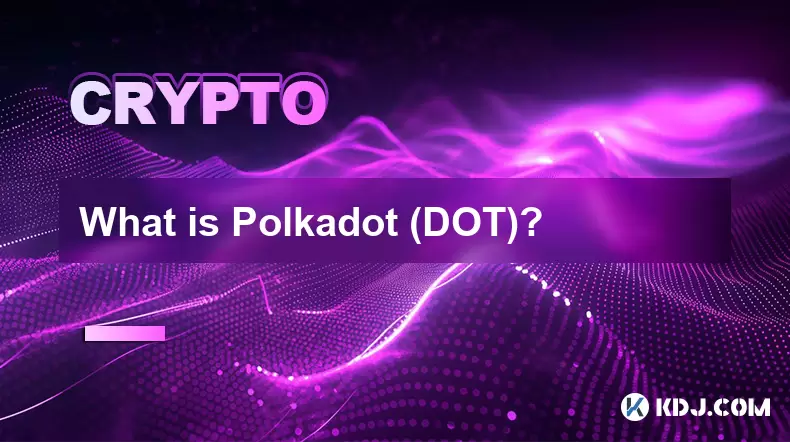
What is Polkadot (DOT)?
Jul 19,2025 at 06:35pm
Understanding the Basics of Polkadot (DOT)Polkadot (DOT) is a multi-chain network protocol designed to enable different blockchains to transfer messag...
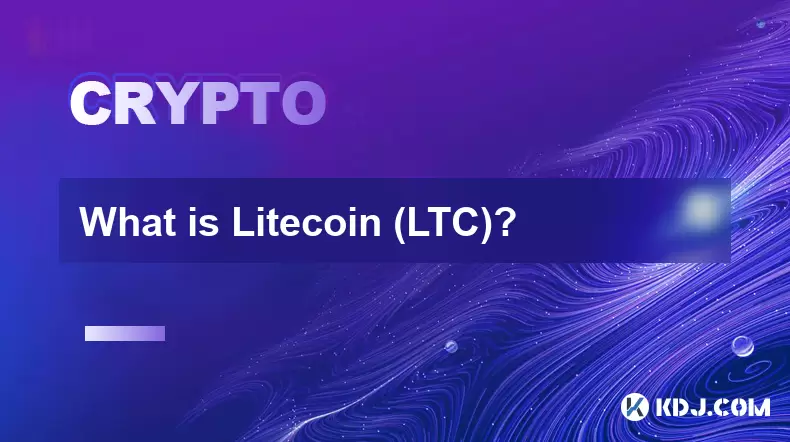
What is Litecoin (LTC)?
Jul 23,2025 at 11:35am
Overview of Litecoin (LTC)Litecoin (LTC) is a peer-to-peer cryptocurrency that was created in 2011 by Charlie Lee, a former Google engineer. It is oft...
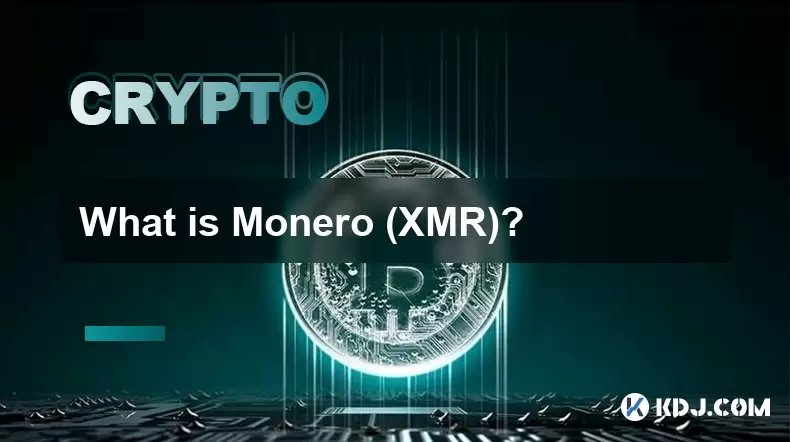
What is Monero (XMR)?
Jul 21,2025 at 10:07am
What is Monero (XMR)?Monero (XMR) is a decentralized cryptocurrency designed to provide enhanced privacy and anonymity for its users. Unlike Bitcoin a...
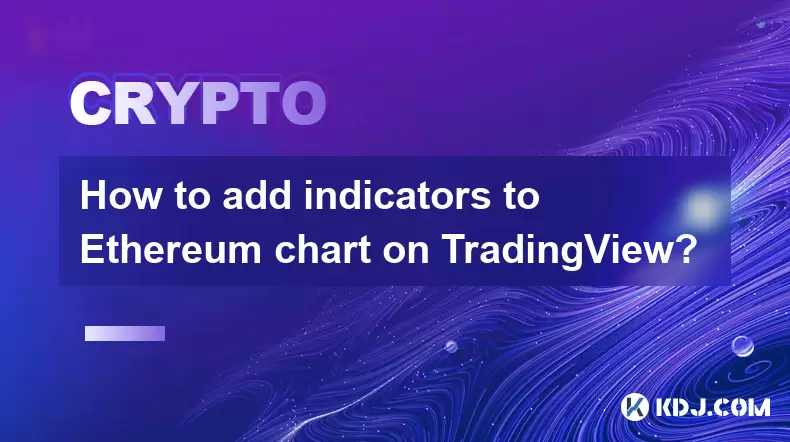
How to add indicators to Ethereum chart on TradingView?
Jul 19,2025 at 07:15am
What Is an Ethereum Chart on TradingView?The Ethereum chart on TradingView is a visual representation of the price movement of Ethereum (ETH) over a s...

What is Chainlink (LINK)?
Jul 22,2025 at 02:14am
Understanding Chainlink (LINK): The Decentralized Oracle NetworkChainlink is a decentralized oracle network designed to bridge the gap between blockch...

What is Avalanche (AVAX)?
Jul 22,2025 at 08:35am
What is Avalanche (AVAX)?Avalanche (AVAX) is a decentralized, open-source blockchain platform designed to support high-performance decentralized appli...

What is Polkadot (DOT)?
Jul 19,2025 at 06:35pm
Understanding the Basics of Polkadot (DOT)Polkadot (DOT) is a multi-chain network protocol designed to enable different blockchains to transfer messag...

What is Litecoin (LTC)?
Jul 23,2025 at 11:35am
Overview of Litecoin (LTC)Litecoin (LTC) is a peer-to-peer cryptocurrency that was created in 2011 by Charlie Lee, a former Google engineer. It is oft...

What is Monero (XMR)?
Jul 21,2025 at 10:07am
What is Monero (XMR)?Monero (XMR) is a decentralized cryptocurrency designed to provide enhanced privacy and anonymity for its users. Unlike Bitcoin a...

How to add indicators to Ethereum chart on TradingView?
Jul 19,2025 at 07:15am
What Is an Ethereum Chart on TradingView?The Ethereum chart on TradingView is a visual representation of the price movement of Ethereum (ETH) over a s...
See all articles

























































































